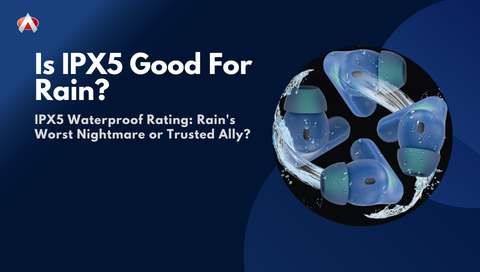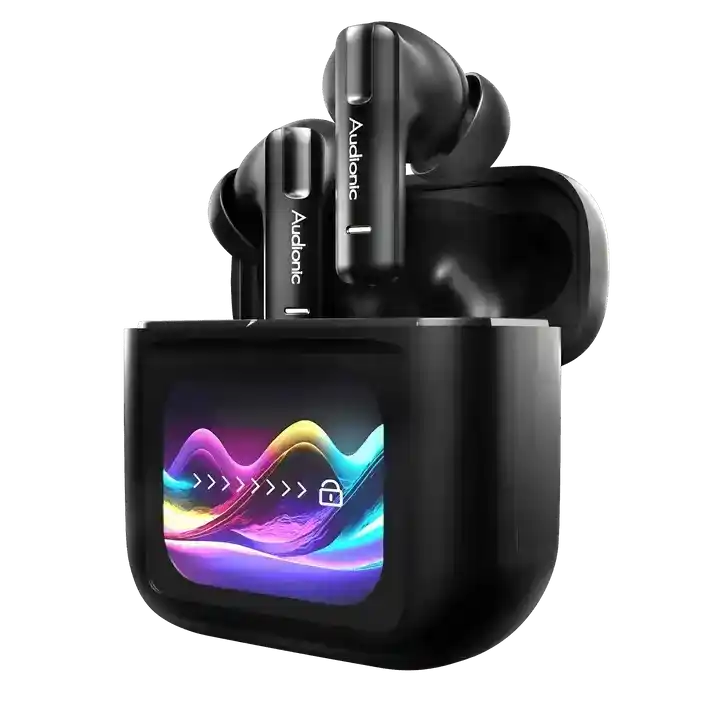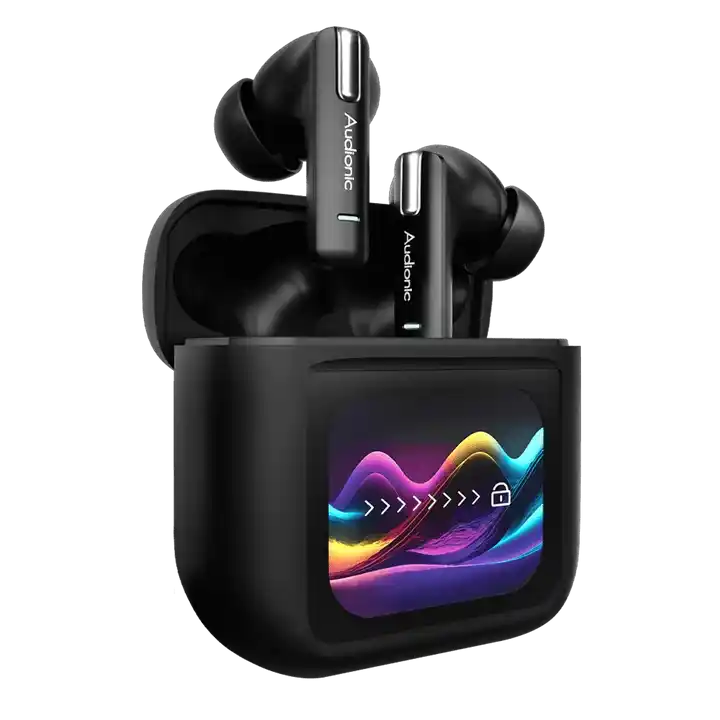
Is IPX5 Good For Rain? | IPX5 Waterproof Rating: Rain's Worst Nightmare or Trusted Ally?
So let's say you're strolling through the park, your wireless earbuds in, tunes playing, and suddenly, the sky opens up, drenching everything and everyone in sight. It's the kind of surprise rain shower that leaves you scrambling to protect your precious gadgets from the deluge. We've all been caught in that situation, desperately trying to shield our smartphones, headphones, or fitness trackers from the downpour.
But what if you didn't have to worry about rain ruining your tech? What if there was a rating system that could assure you that your devices are built to withstand the elements? Well, that's where IPX5 comes into the picture.
In this tech-savvy adventure, we're going to take a deep dive into the world of IPX5 waterproof ratings. We'll demystify what this rating means, explore its capabilities, and find out if it's the ultimate rain warrior you've been looking for. No more frantic dashes for cover or sacrificing your gadgets to the rain – with IPX5, you might just have your rainy days all figured out. So, grab a comfortable seat, maybe that cup of your favorite brew, and let's embark on this journey to discover if IPX5 is truly your rainy-day hero!
How much water can IPX5 handle?
An IPX5 rating indicates protection against water jets. Specifically, it means the device or enclosure can withstand water projected from a nozzle with a 6.3mm diameter opening.
The water jet is sprayed at the equipment from various angles, typically at a pressure of 30 kPa (kiloPascals) at a distance of approximately 3 meters. To put it simply, IPX5-rated devices can handle water sprayed at them with a relatively high-pressure jet.
Making them suitable for use in environments where they may be exposed to heavy rain, water splashes, or powerful water jets, such as outdoor speakers, some outdoor lighting fixtures, and certain types of outdoor electronic equipment. However, they are not designed to be fully submerged in water, and their level of protection may not be sufficient for prolonged exposure to water or complete immersion.
If you want a device that can be submerged in water then you should opt for higher IP-rated devices. These devices are generally capable of being submerged in water, for a limited period of time, or for an extended period.
Does IP55 protect against rain?
Yes, an IP55-rated device is protected against heavy rain, water splashes, or even powerful water jets. This rating makes them suitable for exposure to environmental circumstances. However, it is not suitable for immersion in water as it is not designed to do so.
An IPX5-rated device is suitable for outdoor activities like sitting by the pool taking a shower while wearing it, or enjoying the rain. But if you want to go swimming while wearing a device then you should look for an IPX6 or IPX7-rated device – because these devices are designed to be submerged in water without being ruined by it. Opt for an IP rating that is according to your needs and activities
What IPX rating is suitable for heavy rain?
For protection against heavy rain, you'll want to look for devices or enclosures with at least an IPX4 rating or higher. An IPX4 rating indicates that the device is protected against splashing water from any direction. This means it can withstand heavy rain and water splashes without allowing water to penetrate and damage the internal components.
It's suitable for outdoor equipment that needs to function in rainy conditions, such as outdoor speakers, some outdoor lighting fixtures, and portable electronic devices used outdoors. If you require even greater protection against heavy rain or more prolonged exposure to water, you might consider devices with higher IP ratings, such as IPX5 or IPX6.
As they offer increased protection against water jets and powerful water jets, respectively. These higher ratings provide additional assurance that the device can handle challenging weather conditions.
Which is better IPX4 or IPX5 waterproof?
Whether IPX4 or IPX5 is "better" depends on the specific use case and the level of protection you require for your device or equipment.
IPX4 (Protection against splashing water)
- IPX4-rated devices can handle splashes and light rain without any issues.
- They provide protection against water splashing from any direction, making them suitable for outdoor activities in mild weather.
- IPX4 devices are commonly used for headphones, speakers, and some outdoor gadgets.
- They are not designed for immersion in water and should be kept dry during heavy rain or water-related activities.
- These devices offer basic protection against sweat during workouts.
- IPX4 is a common rating for budget-friendly and entry-level waterproof gadgets.
- They are not suitable for use in extremely wet or aquatic environments.
- IPX4 products are a cost-effective choice for users who need minimal water resistance.
- While resistant to light moisture, they may not withstand prolonged exposure to heavy rain.
- IPX4 devices are generally less expensive than higher-rated waterproof alternatives.
IPX5 (Protection against water jets)
- IPX5-rated devices can handle more significant water exposure, such as heavy rain or water jets.
- They are suitable for outdoor activities where you expect substantial moisture but not full immersion.
- IPX5 is often used for sports headphones, portable speakers, and outdoor equipment.
- These devices provide better protection against sweat during intense workouts.
- While they can handle water jets, they are not designed for submersion in water.
- IPX5 gadgets offer a balance between water resistance and affordability.
- They are a good choice for users who need reliable protection during rainy weather.
- IPX5 products are not recommended for swimming or activities involving full submersion.
- They are ideal for individuals who enjoy outdoor adventures in variable weather conditions.
- IPX5 devices are moderately priced, making them accessible to a wide range of consumers.
So Let’s Conclude
Choosing IP (Ingress Protection) ratings for devices and equipment should ideally be based on the specific activities and environmental conditions in which you plan to use them. IP ratings are a way to ensure that your equipment is suitable for the conditions it will be exposed to, and selecting the right rating can help prevent damage and ensure proper functionality.
The things you should keep in mind before purchasing an IP-rated device are water sports, indoor activities, outdoor activities, beach activities, industrial or construction work, hiking, and camping. The choice of IP ratings should align with your activities and the environmental conditions you expect to encounter.
Carefully assessing the environmental factors and the level of protection required will help ensure that your devices and equipment perform reliably and last longer in the intended settings. For activities like swimming, where your equipment may be submerged or exposed to water for extended periods, you should select devices with higher IPX7 or IPX8 ratings, ensuring they are fully waterproof and suitable for underwater use.

















